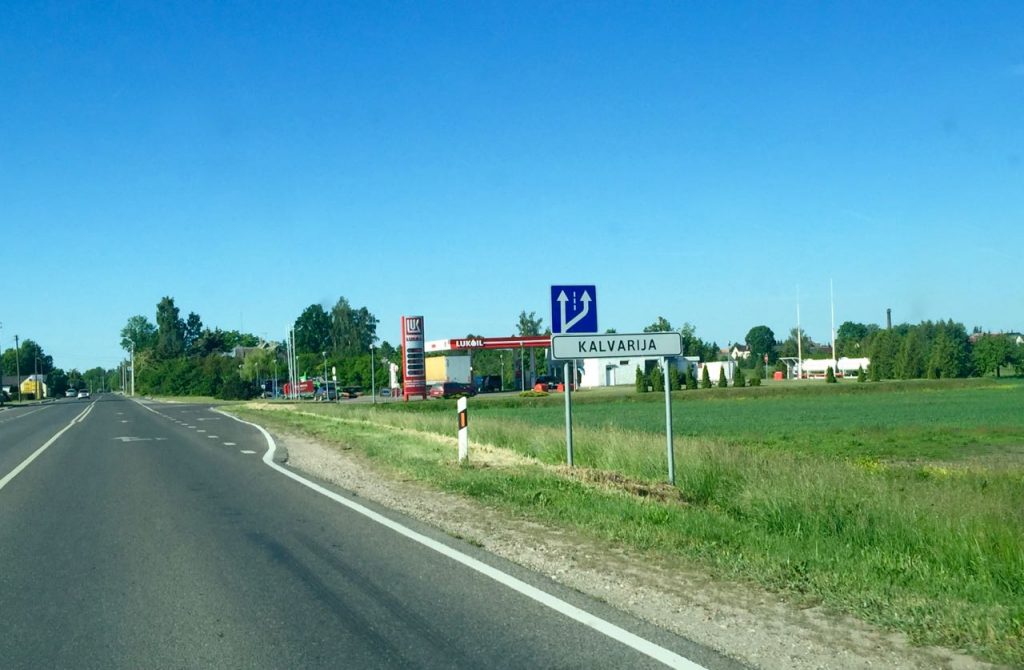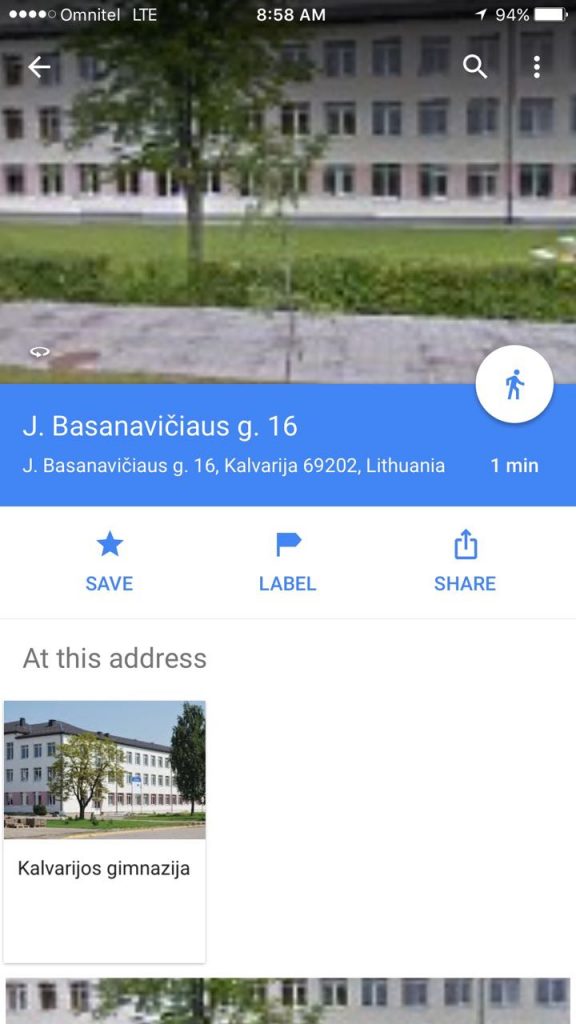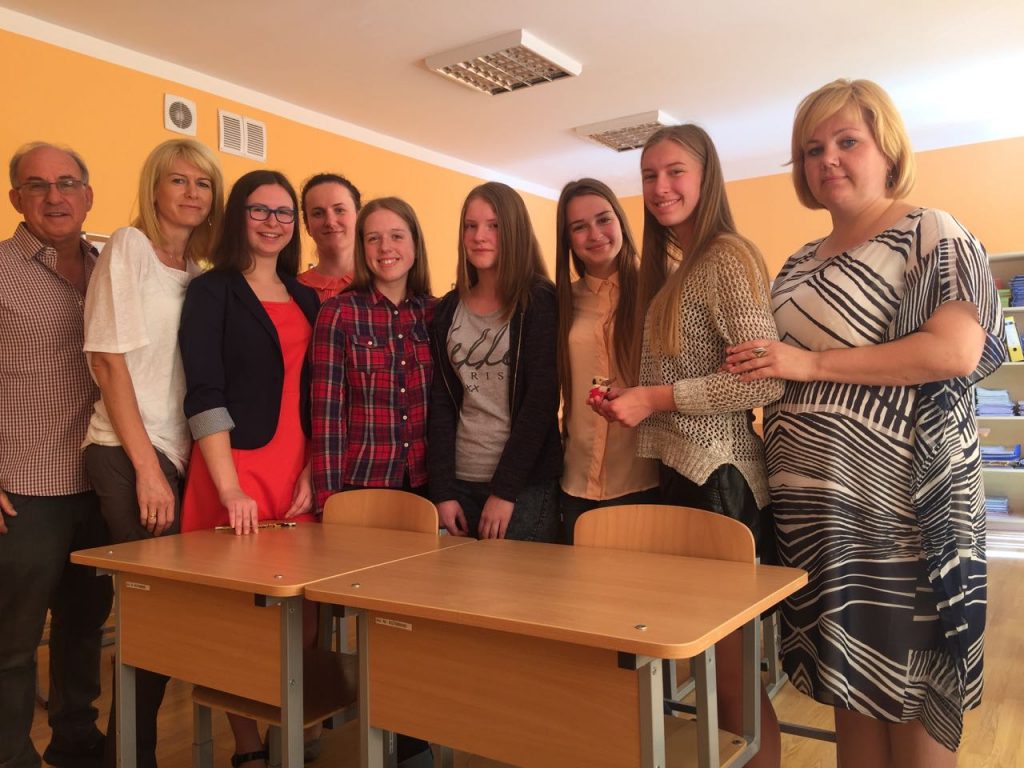CARMEL SCHOOL’S LIVING HISTORIAN PROJECT 2016

The invitation:
As part of their Holocaust Studies program the Year 10 students, in small groups, have interviewed Perth Holocaust survivors and recorded their stories. The personal experiences of the “living historian” opens up a view of history that cannot be found in books. The lessons in life and insights that the students have gained from meeting with their allocated survivors will stay with them long after the project and their years at school have ended.
We usually have an evening where we invite the survivors and parents of the students to view their projects, but we felt that with the amount of effort the students put in to their work, one night is not sufficient. We will therefore be opening our very special exhibition to the Perth Jewish Community on Thursday 27 October at 7pm in the Breckler Troy Hall in the High School.
We invite you to come and view the students’ displays and gain some insight into the lives of the Perth Holocaust survivors and their experiences.
Shirley Atlas – Jewish History teacher
Carmel School, Perth Australia
I attended this excellent event which began with an introduction by Jewish History teacher, Shirley Atlas, followed by groups of Year 10 students introducing their survivor’s story. We were then invited to view their presentations set up around the high school hall.
The survivors featured were from Poland, Hungary, German, Holland and Lithuania.
Here are a few photos taken on the evening
Heiny Ellert’s team – video presentation:



Olivia Walters, Yannai Goldberg, Aaron Grolman, and Teagan Joffe
Heiny’s testimony which I filmed for the Holocaust Institute in 2015:
The Neishtot-Tavrig KehilaLink
http://kehilalinks.jewishgen.org/Naumiestis
My visit in 2016



























































